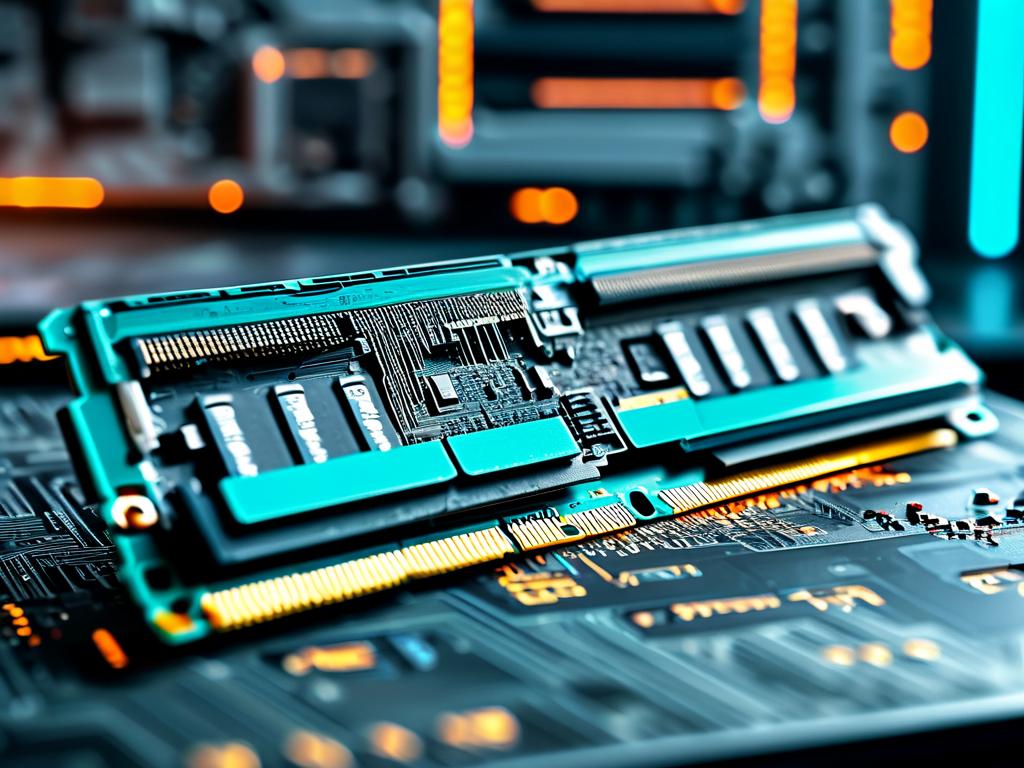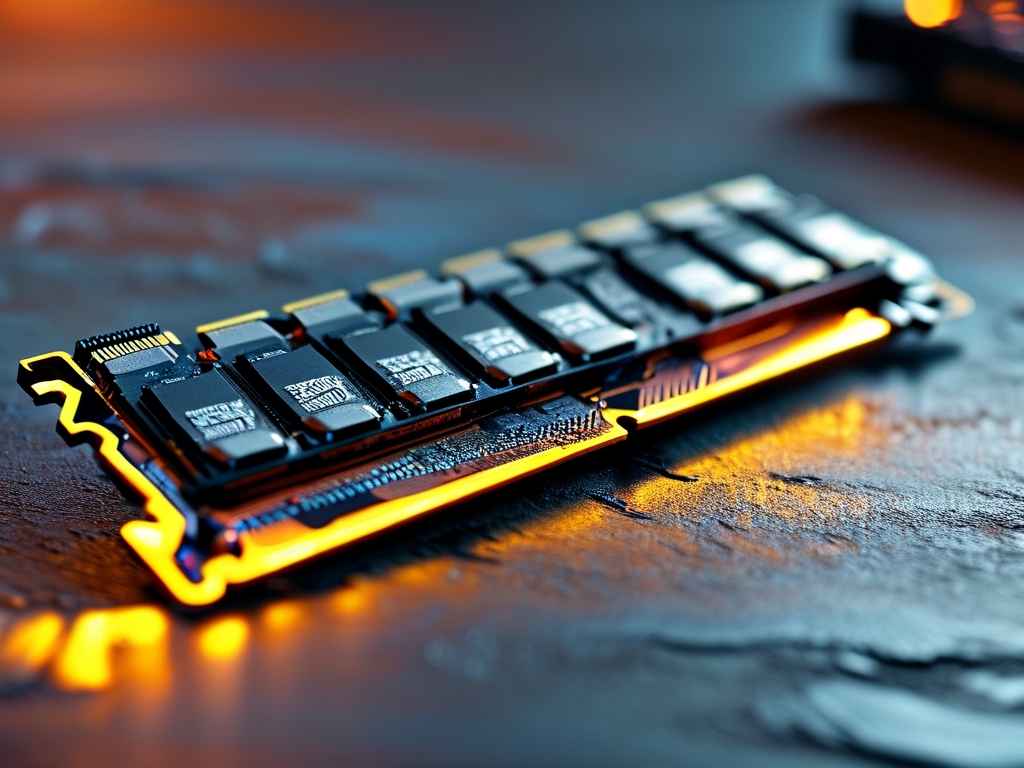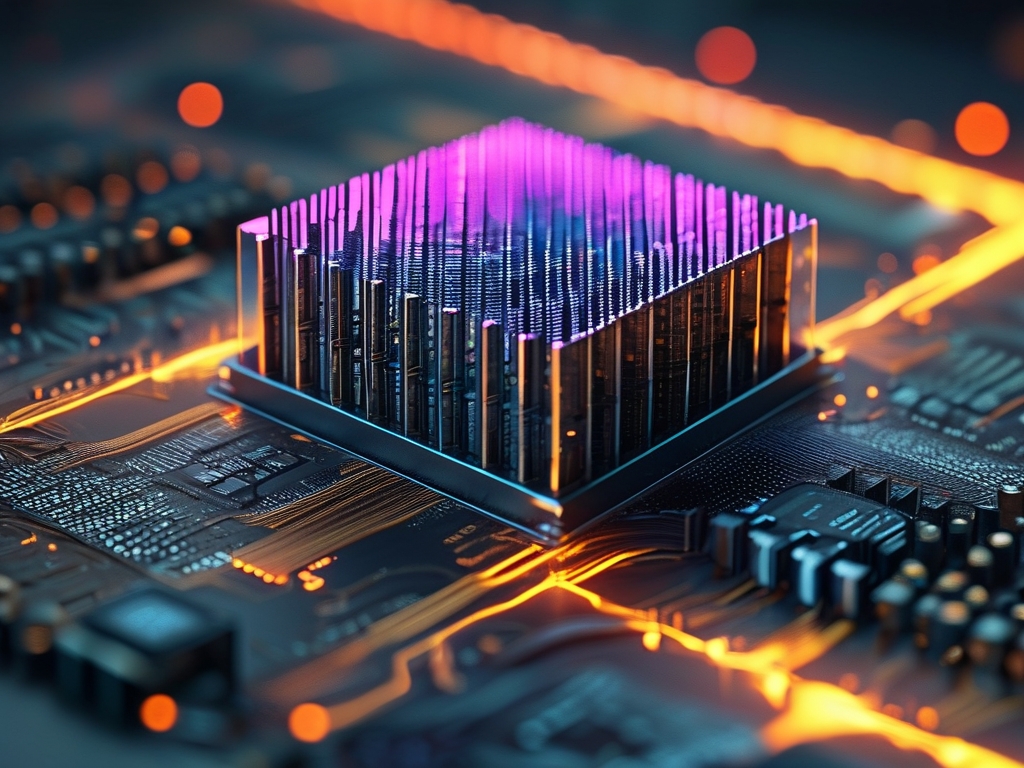The concept of 32-bit computing has played a foundational role in the evolution of modern computers. One of the most frequently asked questions about these systems is: "How much memory can a 32-bit computer support?" The short answer is 4 gigabytes (GB), but the full explanation involves a deep dive into binary architecture, hardware limitations, and practical constraints. This article explores the technical principles behind this limitation, its real-world implications, and why the transition to 64-bit systems became necessary.

1. The Basics of 32-Bit Architecture
A 32-bit computer refers to a system where the central processing unit (CPU), operating system, and software are designed to handle data in 32-bit chunks. The "bit width" determines how much information the processor can manage at once, particularly when addressing memory. Each memory location in a computer is assigned a unique address, and the number of available addresses depends on the bit length of the system.
For a 32-bit system, the total number of unique memory addresses is calculated as (2^{32}). This equals 4,294,967,296 individual addresses. Since each address typically corresponds to one byte (8 bits) of data, the maximum addressable memory becomes:
[
2^{32} \text{ bytes} = 4,294,967,296 \text{ bytes} \approx 4 \text{ GB}
]
This theoretical limit of 4 GB is often cited, but real-world usage rarely reaches this value due to hardware and software constraints.
2. Why 4 GB Isn’t Fully Usable
In practice, 32-bit systems cannot utilize the entire 4 GB of memory. This is because a portion of the address space is reserved for critical hardware functions:
- Memory-Mapped I/O: Components like graphics cards, network interfaces, and storage controllers require dedicated memory addresses.
- System BIOS/UEFI: Firmware and low-level system functions occupy a slice of the address space.
- Operating System Overhead: The OS itself reserves memory for kernel operations and driver management.
For example, a 32-bit Windows system typically limits user applications to 2–3.5 GB of usable RAM, depending on hardware configuration. This "address space split" between hardware and software creates a bottleneck for memory-intensive tasks like video editing or virtualization.
3. Historical Context and Evolution
In the 1990s and early 2000s, 32-bit systems dominated computing. At the time, 4 GB of RAM seemed excessive—most PCs shipped with 256 MB to 1 GB. However, as software demands grew (e.g., multimedia applications, gaming, and scientific computing), the 4 GB ceiling became a critical limitation.
The industry responded with workarounds like Physical Address Extension (PAE), a technology that allowed 32-bit processors to access up to 64 GB of RAM by extending the address bus to 36 bits. However, PAE had significant drawbacks:
- OS and Software Compatibility: Most consumer operating systems, including Windows XP, ignored PAE unless specifically configured for server use.
- Performance Overhead: Managing extended addresses introduced complexity, slowing down memory access in some scenarios.
4. The Rise of 64-Bit Systems
The shift to 64-bit architecture resolved these limitations. A 64-bit system can theoretically address (2^{64}) bytes of memory—equivalent to 18 exabytes (1 exabyte = 1 billion GB). While no consumer hardware requires such vast memory today, 64-bit systems comfortably support terabytes of RAM, future-proofing modern computers.
Key advantages of 64-bit systems include:
- Larger Memory Support: Even entry-level 64-bit PCs handle 8–128 GB of RAM.
- Improved Performance: Wider data paths enhance processing efficiency for complex calculations.
- Enhanced Security: Features like hardware-backed DEP (Data Execution Prevention) are more robust.
5. Legacy of 32-Bit Systems
Despite the prevalence of 64-bit CPUs, 32-bit software and operating systems persist in niche areas:
- Embedded Systems: Devices like ATMs or industrial controllers often use lightweight 32-bit OSes.
- Retro Computing: Enthusiasts maintain 32-bit systems for legacy software compatibility.
- Low-Power Devices: Some IoT devices still rely on 32-bit architectures for energy efficiency.
However, mainstream support for 32-bit systems is fading. Microsoft ended 32-bit Windows 10 development in 2020, and Apple’s macOS dropped 32-bit app support in 2019.
6.
The 4 GB memory limit of 32-bit computers represents a fascinating intersection of mathematics, engineering, and practical necessity. While these systems were revolutionary in their time, their constraints paved the way for the 64-bit era, enabling today’s high-performance computing environments. Understanding this transition underscores the importance of scalable architecture in technology—a lesson that continues to shape innovations in quantum computing and beyond.







